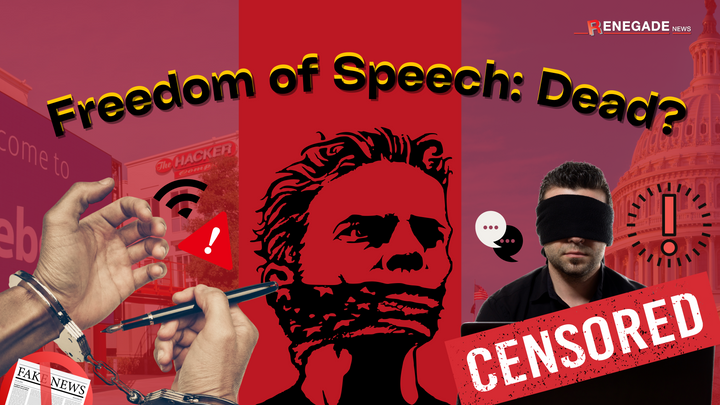Customers May Want the Sizzle – But that Doesn’t Mean They’re Going to Buy The Steak


Sell the sizzle, not the steak. If you've ever sat through a marketing seminar, you've been bombarded with this – or some similar tag line over and over. In Amway and other network marketing meetings, it’s become a mantra.
I might ruffle a few feathers here, but while partially true, especially in financial copywriting, its only part of the story. And if all you're doing is riling up your prospects, you are leaving most of your money on the table.
The first rule every copywriter learns (or at least he should), is emotion sells. Not logic. Your job as a salesman / marketer / copywriter is to get your prospect emotional – angry, sad, excited, jealous, etc.
Imagine yourself sitting down in a romantic restaurant… The candles are reflecting like small pools from your lovers eyes…
Your server delivers what looks like the most amazing steak you’ve ever seen. It’s sizzling loudly on your plate reminding you of the first date you and your spouse enjoyed so many years ago…
As you make that first important cut, juices flow from your knife revealing the perfect color of “doneness”… As the aroma teleports you to a state of bliss…
But…
Then you remember reading red meat is bad for you… Or you start thinking about the $100.00 plus price tag… You're car payment that's due… The last lousy steak you got at some other restaurant… Or one of a million other reasons you shouldn’t dive into that scrumptious morsel.
Many copywriters forget that you HAVE to close your sale with logic.
Your prospects may sell themselves on your solution; if they are angry or excited enough. But if they can't rationalize their decision through logic, they’ll either walk away from the deal at the last minute…
Or they'll regret their decision resulting in refunds or complaints.
The good news is – if you've done your job right – they'll practically beg you to help rationalize their decision. This is a powerful position to be in.
By this point, all you’re doing is helping your prospects sell themselves. By letting them know their decision is the most logical next step.
There are several tactics you can use in your copy to help your prospect to rationalize their decision. But the real power comes when you combine several of them – leaving no rock unturned, and no rational reason your prospect could possibly walk away.
Which sounds more believable?
Steak is good for you.
or
3oz of Steak provides over ½ the protein adults need daily… Not to mention 2.4mg Iron and 6.2mg Zinc.
One is general and vague, while the other is specific. They both tell you the same thing.
Using exact numbers, and specific reasons, points or facts makes you seem more credible and truthful than using broad generalities.
[kc_heading_three size=”18″ color=”#D10000″]Track Record[/kc_heading_three]
Citing a track record for financial services is critical, but it’s just as important in your copywriting for any other product.
People want to know that others have used your service, and it worked out for them.
If your investment product has beaten the market every year for the past 5 years, your readers need to know that.
There are 2 types of 3rd party endorsement, paid celebrity endorsements, and customer testimonials.
In the case of a famous actor, sports star, or other celebrity, you’re paying a well known person to promote your product or service. This can be extremely powerful IF the actor has credibility in the area you are promoting.
Having Lady Gaga promote your health product might now be the best use of your marketing dollars.
But, someone like Dave Ramsey endorsing your financial product could send sales through the roof.
Did you ever see the customers in health – food stores? They are pale, skinny people who look half – dead. In a steak house, you see robust, ruddy people. They're dying, of course, but they look terrific.
Bill Cosby
Testimonials are different. With a testimonial, a real user of your product is telling others about its benefits. Other potential clients see this review coming from someone “just like them”, and discover how it solved their problems. These types of 3rd party endorsement are marketing gold.
Bobs Steak House has the juiciest steak I have ever eaten. And since I started eating their grass fed beef, my cholesterol is down 3 points!
Joe Smith
Another type of implied testimonial is a case study. In a case study, a typical customer is shown with a problem similar to that of your prospect. And then shown how your product or service solved their issues using specific stats and statistics.
While statistics can be overused and boring, they form an important piece. If a picture can say 1000 words, a graph must be worth 5000. Used sparingly they can boost credibility and illustrate specific facts, case study results, track record, and more.
A guarantee is a subtle credibility builder, but possibly the most important. If used correctly.
An awesome guarantee proves to your prospects you believe in your product or service, and can completely dissolve any remaining buying hesitation. Many of my clients are terrified of offering too strong of a guarantee due to the fear of refunds. But studies prove refund rates actually go down with a strong guarantee.
Several years ago Hyundai was almost driven out of business due to a reputation for poorly built cars. Obviously, an increase in quality was step 1, but just making some improvements wasn’t going to be enough to bring them back from the brink. By introducing a 10 year warrantee, a first in the automobile industry, their credibility experienced an instant boost.
We guarantee if you don't absolutely love your meal, it's on us. And we'll give you a free bottle of wine just for your inconvenience…
It’s true, you sell with emotion. However your prospects need the opportunity to justify their emotional response with rational, logical, proof their decision is correct.
One of the most important steps in final editing a sales page or advertisement is ensuring you have adequate proof to close your sale rationally. You don't want to damage the emotional impact of the piece. But you need to ensure that all rational reasons for buying your service are covered.
It’s so important I have specific line items for rational selling points in my editing checklist.
Selling the sizzle may be where the action and excitement are. But no one wants a steak if they’re going to have buyer’s remorse later.
What are some of your favorite ways to help your readers justify their purchase decision? Leave a comment below…




